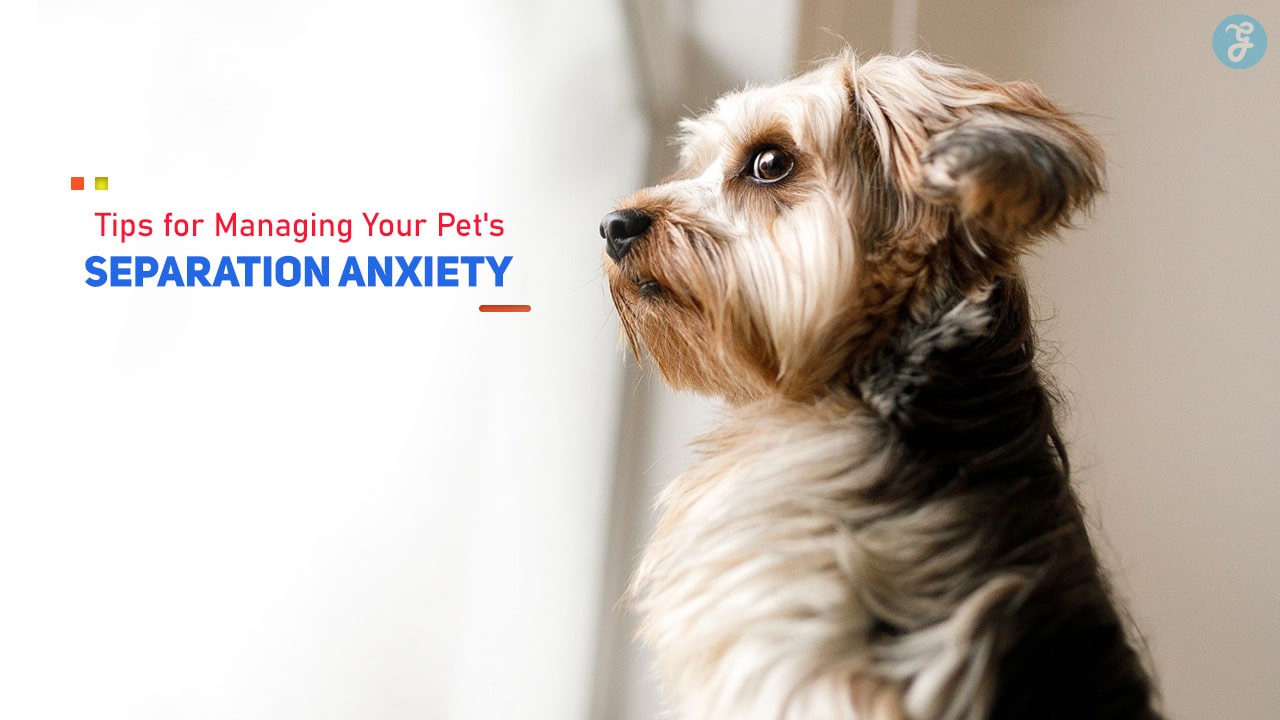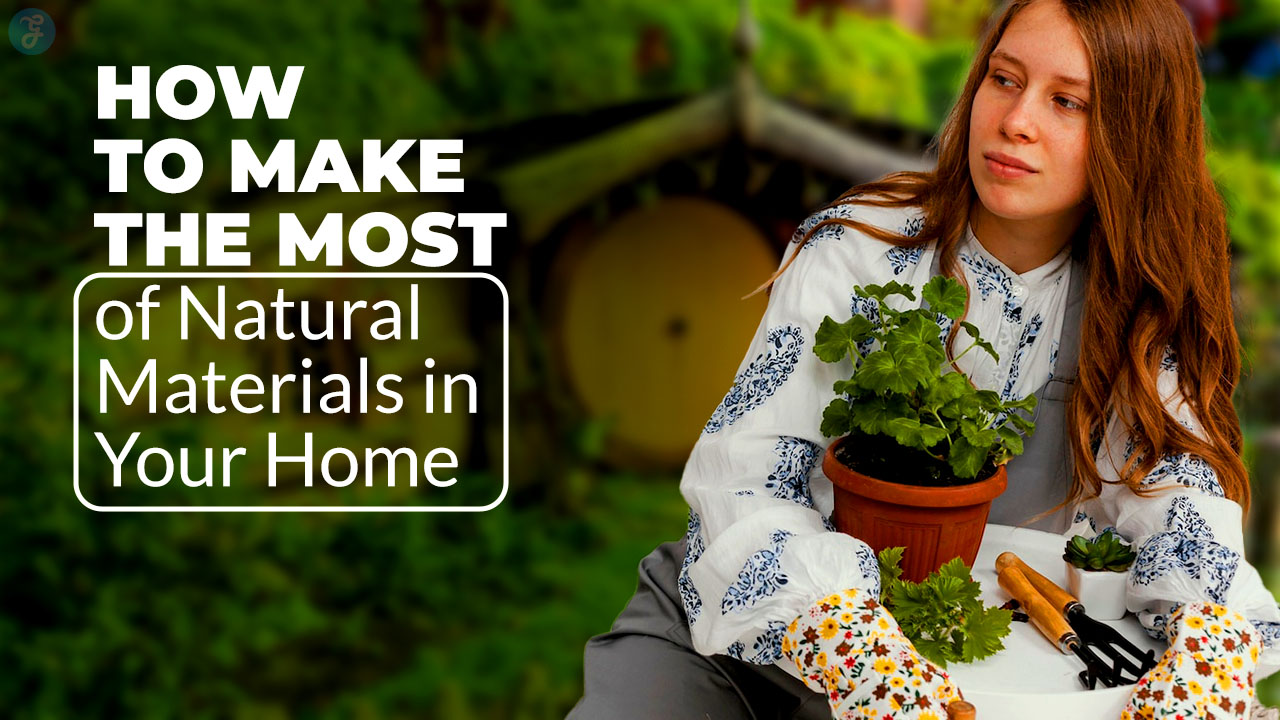Many pet owners struggle with separation anxiety, which is a common but difficult issue. Pets, especially dogs and cats, form strong emotional bonds with their owners. ‘
When left alone, some pets may experience intense distress that manifests in behaviors like excessive barking, whining, scratching doors, pacing, and sometimes even destructive actions.
For both pets and their owners, separation anxiety can be stressful, affecting daily routines and overall well-being.
With consistent effort, patience, and the right strategies, you can help ease your pet’s anxiety. In this article, we’ll delve into 8 effective ways to manage separation anxiety, including how to create a safe space, use calming techniques, and more.
Each tip is designed to build your pet’s resilience and make separations easier, leading to a happier and healthier relationship for both of you.
1. Start with Gradual Desensitization
Gradual desensitization is one of the most effective techniques for managing separation anxiety. This method involves exposing your pet to short, controlled periods of separation and gradually increasing the duration. The goal is to help your pet build a tolerance for being alone by experiencing separations that start small and progressively grow longer.
- Begin with Small Steps: Start by stepping outside your front door for just a minute or two. Observe your pet’s reaction and ensure they remain calm before extending the time. If they’re relaxed, gradually increase the time spent outside.
- Increase Time Gradually: Once your pet is comfortable with brief separations, extend the duration in small increments. For example, move from one minute to three, then five, and so on. Take breaks between sessions if needed, ensuring they don’t become too stressed.
- Use Positive Reinforcement: Reward your pet with treats, toys, or praise when they stay calm during these periods. This will help them associate alone time with positive experiences, making it less frightening.
- Avoid Lengthy Goodbyes and Welcomes: Keep your departures and arrivals low-key. Instead of big goodbyes or excited welcomes, try to be calm and neutral to avoid signaling that your coming and going is a big event.
| Step | Action |
| Start with Small Absences | Step out for 1-2 minutes and gauge their response |
| Gradually Increase Time | Extend time once they’re comfortable |
| Reward Calm Behavior | Give treats or praise to reinforce calmness |
Why It Works
Gradual desensitization teaches pets that being alone is a normal part of the day rather than a cause for alarm. Through repeated exposure and positive reinforcement, pets learn that they can manage brief absences and remain calm, ultimately building resilience and confidence.
2. Create a Safe Space for Your Pet
Providing a safe, comforting environment can significantly reduce a pet’s anxiety during separation. Pets naturally seek out a space that feels secure and familiar, so setting up a designated “safe zone” in your home can give them a place to relax when you’re away.
- Use Familiar Items: Fill this area with items that carry familiar scents, like their favorite toys, blankets, and bedding. Your scent can also be comforting, so consider leaving an unwashed piece of your clothing in their space.
- Calming Scents: Some pets respond well to calming scents like lavender or chamomile. Place a small, pet-safe essential oil diffuser nearby (make sure the area is well-ventilated and that you use oils approved for pets).
- Consider Crate Training: For dogs, crate training can be especially helpful. Crates provide a den-like space where they feel safe and secure. If they are already crate-trained, make the crate part of their designated area, and encourage them to spend time there by placing treats or chew toys inside.
| Safe Space Element | Details |
| Familiar Items | Blankets, toys, and even your unwashed clothing |
| Calming Scents | Pet-safe lavender or chamomile oils |
| Crate or Playpen | Creates a secure, enclosed environment |
Why It Works
A designated safe space provides pets with a sense of control, allowing them to relax in a familiar environment. This area acts as a comfort zone they can retreat to, reducing anxiety and helping them feel more secure when you’re not around.
3. Use Interactive Toys and Treats
Interactive toys can be a valuable tool for managing separation anxiety by keeping pets mentally engaged. Boredom is often a contributor to anxiety, so providing toys that challenge your pet’s mind can be a great way to help them feel focused and less distressed.
- Puzzle Toys: Toys that dispense treats when interacted with, such as Kong toys or puzzle feeders, provide mental stimulation. These toys require pets to work for their reward, keeping them occupied for extended periods.
- Lick Mats and Chew Toys: Licking and chewing are calming activities for many animals. Lick mats, which can be smeared with pet-safe peanut butter or yogurt, are particularly effective for dogs. Chew toys can help relieve anxiety and provide a safe way for pets to express nervous energy.
- Toy Rotation: Rotating toys every few days keeps things interesting for your pet. Introducing a “new” toy can help capture their interest and prevent boredom, making them less likely to focus on your absence.
| Interactive Toy | Benefit |
| Puzzle Toys | Provides mental stimulation and distraction |
| Lick Mats | Releases calming hormones through licking |
| Chew Toys | Reduces anxiety and provides comfort |
Why It Works
Interactive toys give pets a productive way to channel their energy, reducing the boredom and restlessness that can lead to anxiety. By keeping their minds occupied, these toys can help minimize separation distress and encourage independence.
4. Establish a Consistent Routine
A predictable routine can help your pet feel more secure, especially if they struggle with separation anxiety. Pets are creatures of habit, and a consistent schedule helps reduce their stress by making the day more predictable.
- Scheduled Feeding and Playtimes: Establish set times for feeding, exercise, and play. By doing so, your pet will understand when to expect interaction and will be more likely to settle down during non-active times.
- Pre-Departure Exercise: Before leaving, tire your pet out with a walk, play session, or other forms of exercise. A pet that has expended energy is more likely to relax and nap rather than feel anxious when alone.
- Calm Departures and Arrivals: Make your comings and goings low-key to avoid signaling a reason for excitement or alarm. By treating departures as routine, your pet will gradually perceive them as less significant.
| Routine Element | Action |
| Scheduled Meals and Play | Helps set predictable times for engagement |
| Exercise Before Departure | Reduces anxiety by releasing energy |
| Low-Key Departures and Arrivals | Keeps emotions steady |
Why It Works
Routine provides pets with a sense of control over their environment, reducing the likelihood of anxiety. Knowing when they’ll receive attention or food can make the rest of the day feel manageable, leading to calmer, less anxious behavior.
5. Try Calming Aids and Supplements
There are several calming aids and supplements on the market designed specifically for pets with anxiety. These can be especially helpful when combined with other behavioral techniques.
- Pheromone Diffusers: These diffusers emit a synthetic version of the pheromones that mother animals produce to calm their young. Products like Adaptil (for dogs) or Feliway (for cats) can help reduce anxiety by mimicking these natural calming signals.
- Calming Treats and Supplements: Look for treats containing ingredients like L-theanine, chamomile, or melatonin, which are known to promote relaxation. Always consult your veterinarian before introducing any supplement to ensure it’s safe for your pet.
- Weighted Blankets: For pets that respond well to physical pressure, a small, pet-friendly weighted blanket can provide comfort and ease anxiety by mimicking the feeling of a gentle hug.
| Calming Aid | Effect |
| Pheromone Diffuser | Mimics natural calming signals |
| Calming Treats | Contains relaxing ingredients like chamomile |
| Weighted Blanket | Provides comfort through gentle pressure |
Why It Works
Calming aids can help address the physiological aspects of anxiety, promoting relaxation. When used alongside behavioral training, they provide extra support for pets struggling with separation issues.
6. Play Calming Music or White Noise
Calming music or white noise can mask outside sounds that might cause anxiety and create a tranquil environment. Studies have shown that certain types of music, particularly classical, can have a calming effect on pets.
- Classical Music: Classical tunes are known for their soothing qualities and can help pets relax. Make a playlist of gentle music and play it every time you leave, establishing a comforting auditory cue.
- White Noise Machines: White noise machines can mask sounds from outside, like traffic, neighbors, or other animals. This helps create a consistent, non-distracting environment that promotes calmness.
- Pet-Specific Music: Some music streaming services even offer playlists specifically designed for pets, using frequencies and rhythms shown to reduce stress.
| Sound Option | Benefit |
| Classical Music | Reduces anxiety and promotes relaxation |
| White Noise | Masks disruptive sounds, keeping pets calm |
| Pet-Specific Playlists | Designed to be soothing for animals |
Why It Works
Using music or white noise as a background can help your pet feel more at ease, reducing the likelihood of barking, whining, or pacing. Sound provides a comforting auditory cue that signals a time for calm.
7. Use Positive Reinforcement for Calm Behavior
Positive reinforcement is a powerful tool to encourage calm behavior and minimize anxiety-driven actions. By rewarding calmness, you’re teaching your pet that being relaxed is the desired behavior.
- Reward Independence: Praise your pet or give them a treat when they remain calm and independent. Gradually extend the time they are calm before offering rewards to reinforce the behavior.
- Ignore Mild Anxiety Symptoms: If your pet shows minor signs of anxiety (like whining), try to ignore them rather than offering comfort, which may reinforce the behavior.
- Practice Independence: Encourage your pet to spend short periods in a separate room while you’re home. Reward calm behavior to build confidence and reduce anxiety over time.
| Reinforcement Action | Effect |
| Treat Calm Behavior | Encourages relaxation and calmness |
| Ignore Mild Anxiety Symptoms | Reduces reinforcement of anxious behaviors |
| Independence Practice | Builds confidence in staying alone |
Why It Works
Positive reinforcement helps create a calm atmosphere and encourages pets to adopt relaxed behavior, leading to a more confident and independent pet.
8. Consider Professional Help if Needed
If your pet’s anxiety is severe or doesn’t improve with at-home methods, consider seeking professional help from certified trainers or veterinarians.
- Certified Animal Behaviorists: An animal behaviorist can provide a customized training plan tailored to your pet’s needs, addressing underlying behavioral issues that may contribute to anxiety.
- Veterinary Support: A veterinarian may recommend medication as a temporary measure to help your pet cope. This can be helpful for extreme cases where other methods haven’t been effective.
- Therapy Programs: Some facilities offer programs designed specifically to help pets with severe separation anxiety, providing structured desensitization under professional supervision.
| Professional Support | Benefit |
| Animal Behaviorist | Customized treatment plan |
| Veterinary Support | Medication for extreme cases |
| Therapy Programs | Structured desensitization |
Why It Works
Professional help is invaluable for severe cases, providing targeted solutions that go beyond what can be achieved at home. Tailored approaches can help pets develop long-term coping skills.
Conclusion
Managing a pet’s separation anxiety takes a thoughtful, consistent approach and sometimes a bit of professional guidance. By using a combination of desensitization, calming aids, routines, and positive reinforcement, you can help your pet feel more secure when you’re not around.
With these techniques, you can help your pet build confidence, reduce anxiety, and enjoy a happier, more relaxed experience during separations.









































